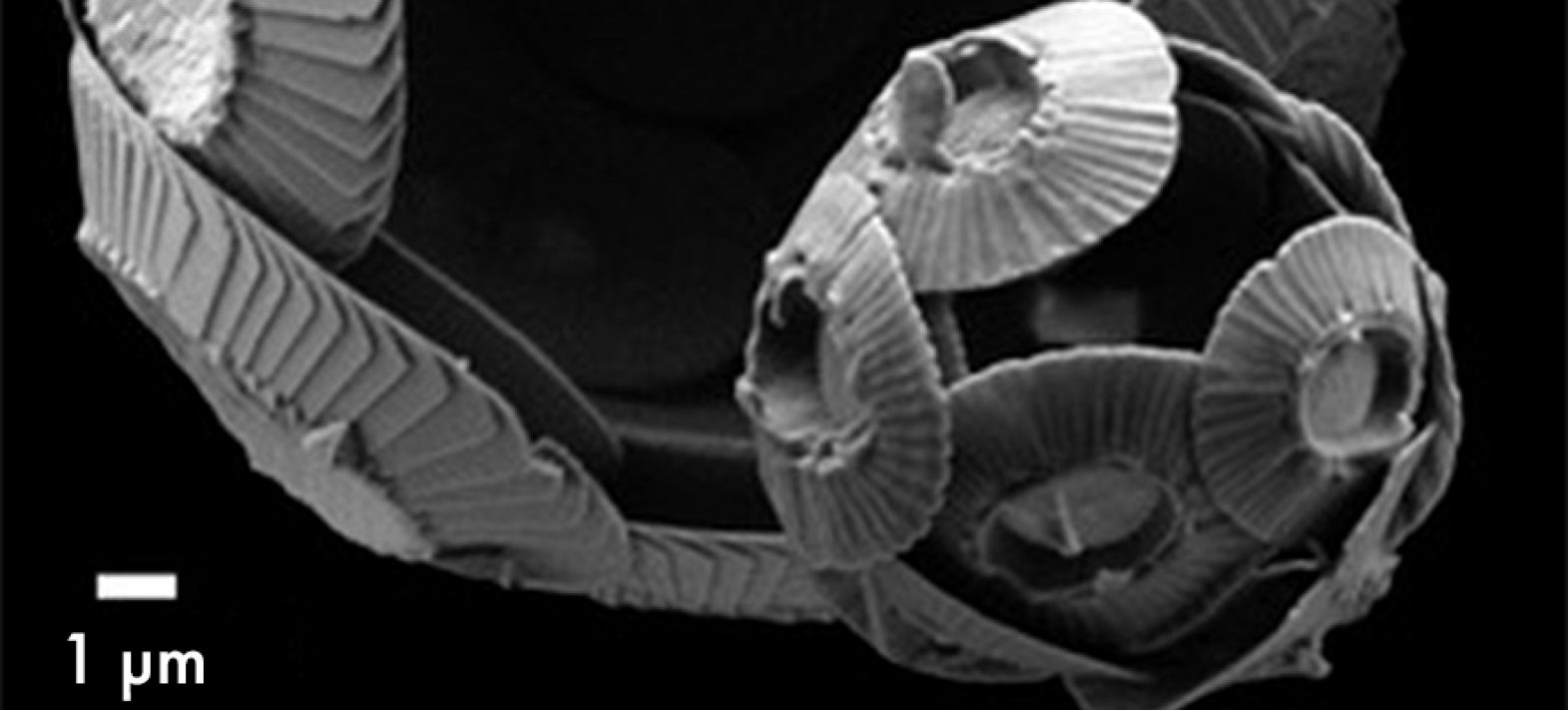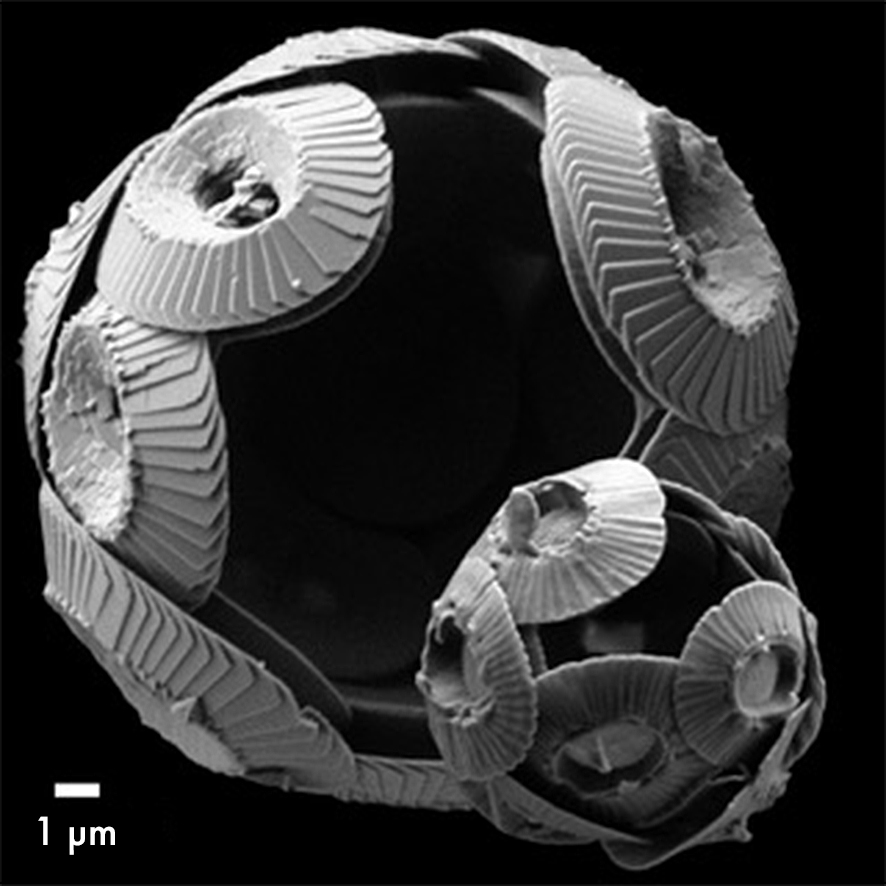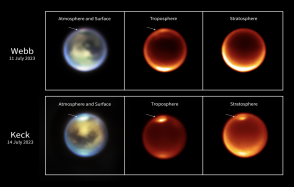Towards a better understanding of paleoclimates in the sedimentary archive
Calcite microfossils preserved in sediments are widely used to reconstruct the Earth's past oceanographic conditions and climates. By analyzing their chemical composition, and more specifically their isotopic composition, we can reconstruct some of the conditions (temperature, acidity, dissolved CO2 concentration) under which the microorganisms that produced these biominerals lived.

Scanning electron microscopy of two unicellular algal coccospheres
Publication date: 28/02/2017
Press, Research
Related teams :
Stable Isotope Geochemistry
Related themes : Origins









